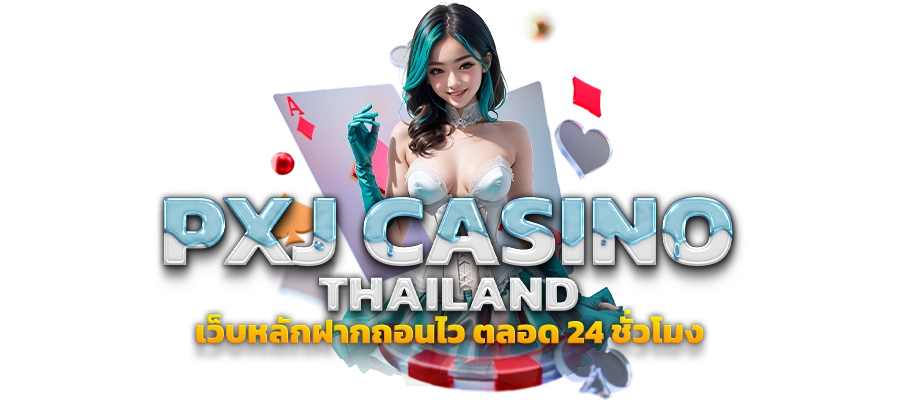ทดลองเล่นสล็อต ระบบฝึกเล่นเกมฟรีไม่ต้องลงทุน ไม่ต้องมียูสเซอร์สามารถเข้าเล่นได้ทันที ไม่ว่าจะชื่นชอบค่ายเกมใด FREESLOT เปิดทดลองเล่นเกมสล็อตทุกค่าย อาทิเช่น Pg Slot , Rex Gaming , Slot XO ...... slot ...ทดลองเล่นสล็อต เกมใหม่ล่าสุดได้ฟรี ไม่ต้องสมัคร ไม่ต้องฝากก่อน ระบบออโต้ปลอดภัย ใช้งานง่าย ไม่เด้ง ไม่สะดุด คุณสามารถเพลิดเพลินกับระบบ demo.ทดลองเล่นสล็อต ...Feb 24, 2024 — PG slot demo free pg ft ทดลองเล่น PG slot demo py pg slot demo เกมใหม่ Lucky Neko demo free spin slot demo ทุกค่าย PG slot free py pg ft ...สล็อตทดลอง ทดลองเล่นสล็อต เกมใหม่ล่าสุดฟรี ไม่ต้องสมัคร ไม่ต้องฝากก่อน ระบบออโต้ปลอดภัย ใช้งานง่าย ไม่เด้งออก ไม่สะดุด เพลิดเพลินกับระบบ demo.พร้อมให้คุณได้สัมผัสประการณ์การ ทดลองเล่นเกมส์สล็อต รูปแบบใหม่ที่หาใครเทียบได้กับ APP SLOT มาใหม่ แรงสุด 2024 อย่าง PG Pink แอปที่มีความแตกต่าง ...หมอบ้า. อุบัติเหตุจากการทดลองทำให้หมอบ้าและเพื่อนของเขาเปลี่ยนแปลงอย่างรุนแรง.. ... ลัคกี้บาร์. เกมสล็อตที่มีรูปแบบคลาสสิก ฟรีเกมส์ไม่มีการจำกัดรอบให้ ลัคกี้บาร์.ทดลอง เล่น สล็อต roma demo ⭐️ ให้บริการและผลิตภัณฑ์เดิมพันออนไลน์โดยเฉพาะการพนันฟุตบอลพร้อมโต๊ะอัตราต่อรอง ทดลอง เล่น สล็อต roma demo - อัตราต่อรองฟุตบอล - อัตราต่อรองเจ้ามือรับแทง.Try out free demo gas. Py Real Money Slots. Our fast and secure deposits make it easy! Tournies. Py to win sh prizes! Free Gas. Try out free demo ...demo slot view rabbit slot ทดลองเล่นสล็อต xo ทั้งหมด วิธี ปั่น สล็อต ให้ ได้ เงิน สล็อตฝากถอนไม่มีขั้นต่ําวอเลท ส ...ทดลองเล่นสล็อตออนไลน์ ฟรีทุกเกม ไม่ต้องมียูสก็สามารถเล่นได้ ที่ superslot ga จาก ทุกค่ายเกม ไม่ว่าจะเป็นค่ายดังอย่าง PG SLOT , EVOPLAY , SLOTXO , PRAGMATIC PLAY , JILI GAME ...PG SLOT DEMO : สล็อต ทดลองเล่น is a sino ga developed by PGNaga. The APK has been avaible since Augt 2023. In e st 30 days, e app was wnloaded ...21 hours ago — ... Demo slot pg ทดลองเล่น MEGAGAME ทดลองเล่น ทดลองเล่นสล็อต ... สล็อต 999 ทดลอง เล่น สล็อต 99 ทดลอง เล่น สล็อต 918kiss ทดลอง เล่น สล็อต ฟรี 918kiss.ทดลองเล่นสล็อตpgฟรีได้เงินจริง สมัครรับเครดิตฟรีทันที2021 สล็อต ต่าง ประเทศ pg demo ก เกม ส ทางเข้าpg slot auto wallet แทง บอล slot ...Demo py Habanero Slot Gas, Tables Gas and Video Poker.

